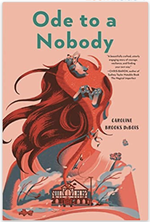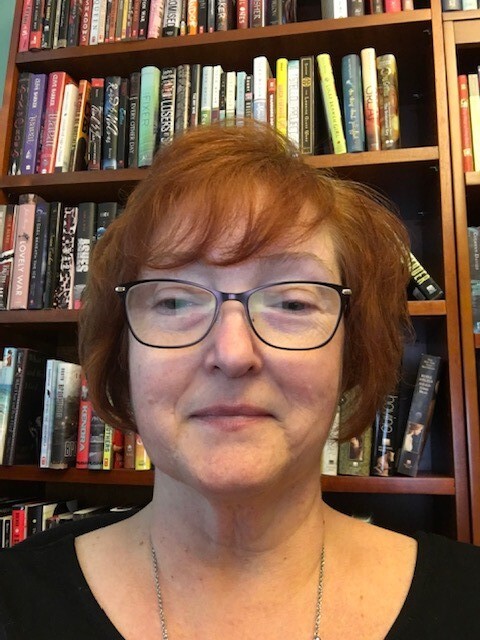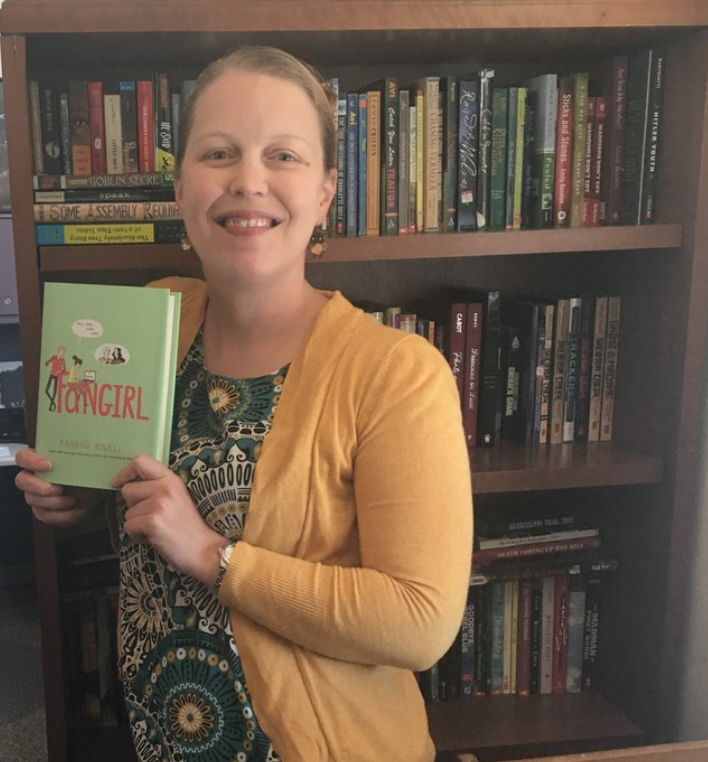The Responsibility Pie Chart challenges students to divvy up the blame and decide which characters–and to what degree–are responsible for the conflict at hand. As students slice up the pie, they are challenged by the fact that there is no single correct answer. As they grapple with the question, they realize that the story’s conflict–like life–is not black and white, but rather a complex weaving of factors.
I originally used this assignment with my middle school students after the climactic fight scene in Jason Reynolds’ When I Was the Greatest.
The past few years, I’ve incorporated the Responsibility Pie Chart into my unit on Sold by Patricia McCormick. Sold is the beautifully written novel in verse about the ugly epidemic of human trafficking. For my freshmen, it brings to life the story of millions of enslaved around the world by focusing on the story of one main character, Lakshmi. It’s a heavy story that leaves readers longing for change and asking “why?”. Why did Lakshmi have to suffer? Which people along the path of her life contributed to her being trafficked?
At the end of the novel I assign the Responsibility Pie Chart. I offer students a blank pie chart (an empty circle) and a word bank of the characters in the story. I ask them to divide the pie chart with the characters they think had a hand in forcing Lakshmi into sexual slavery. Consider her stepfather and Mumtaz; the first is the one who sold her and the latter is the one who kept her locked in the brothel and forced her to be with men. Is one of these guiltier than the other? There are no easy answers. But as students mull over the story and draw their lines, they also write. Not only do I ask them to create the pie chart, but I also have them defend it, articulating support for their choices.
After they work independently, we discuss as a group. The pie charts students created act as a strong springboard for debate, as they exchange perspectives and text evidence. After reading the novel, this assignment and the conversation that follows help my readers further understand how complicated the problem of human trafficking is.
The Responsibility Pie Chart is a simple but powerful tool that can be used not only with many, many novels, but also with nonfiction historical texts and current events as teachers guide students to develop their critical thinking skills.
Maria Copp is a graduate of the Vanderbilt Reading Education M.Ed. program and is currently a Reading Specialist at Nathan Hale High School in Oklahoma.





 RSS Feed
RSS Feed